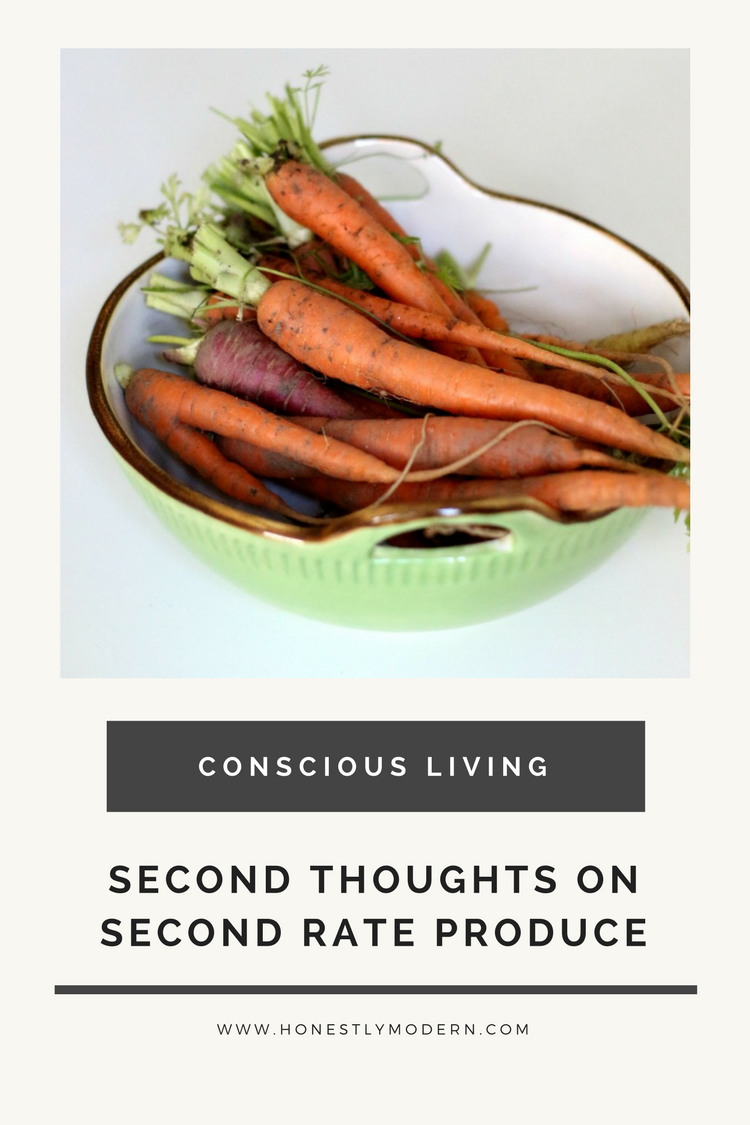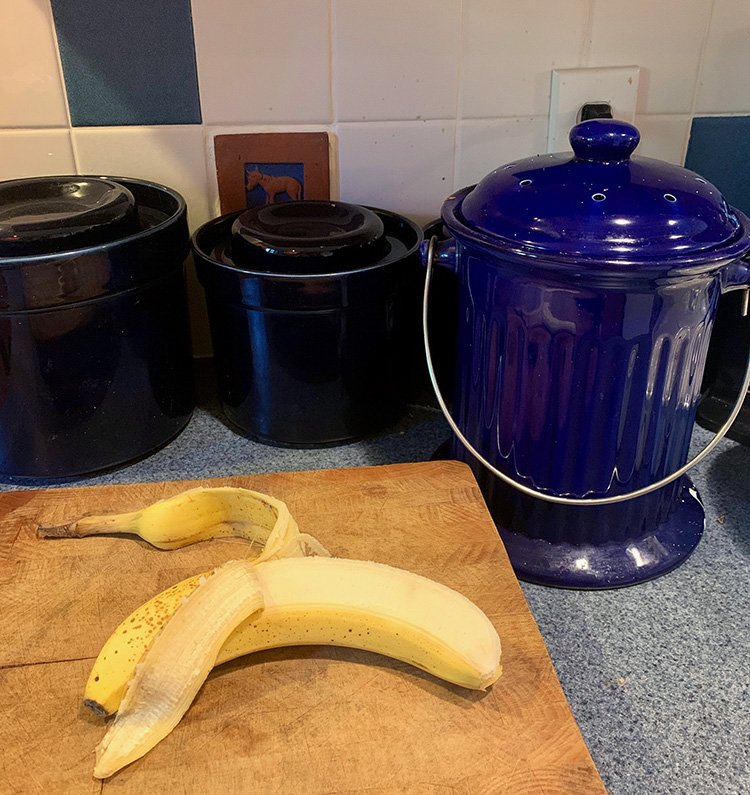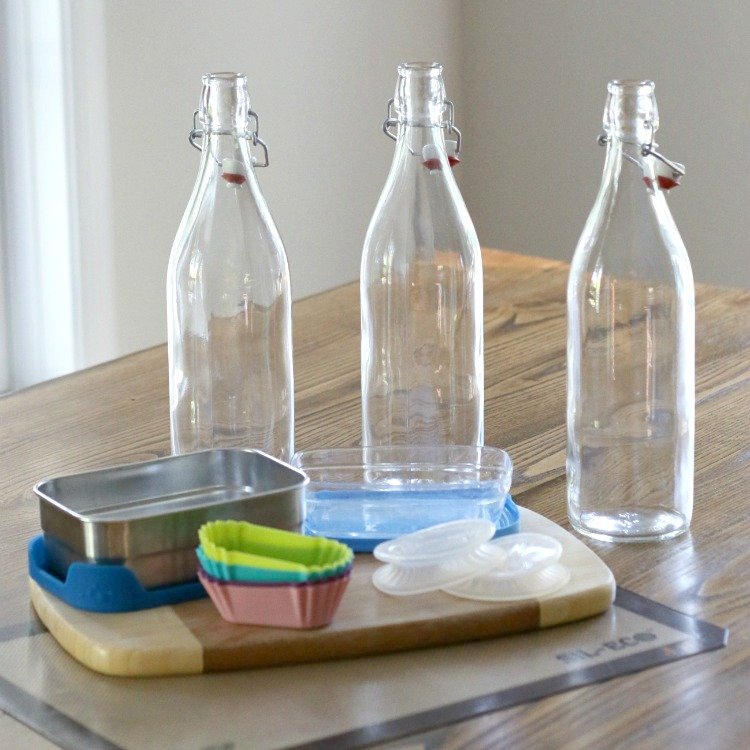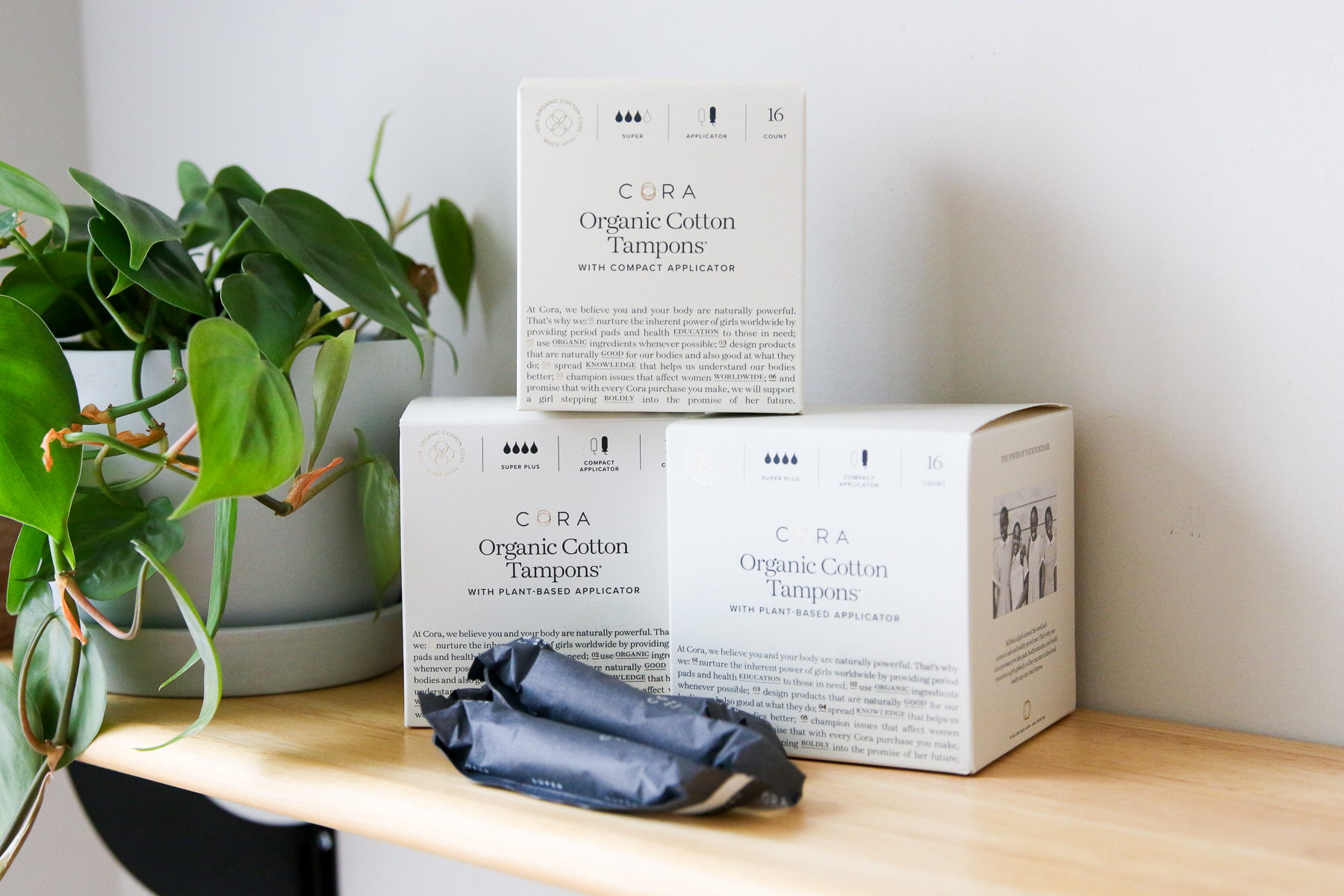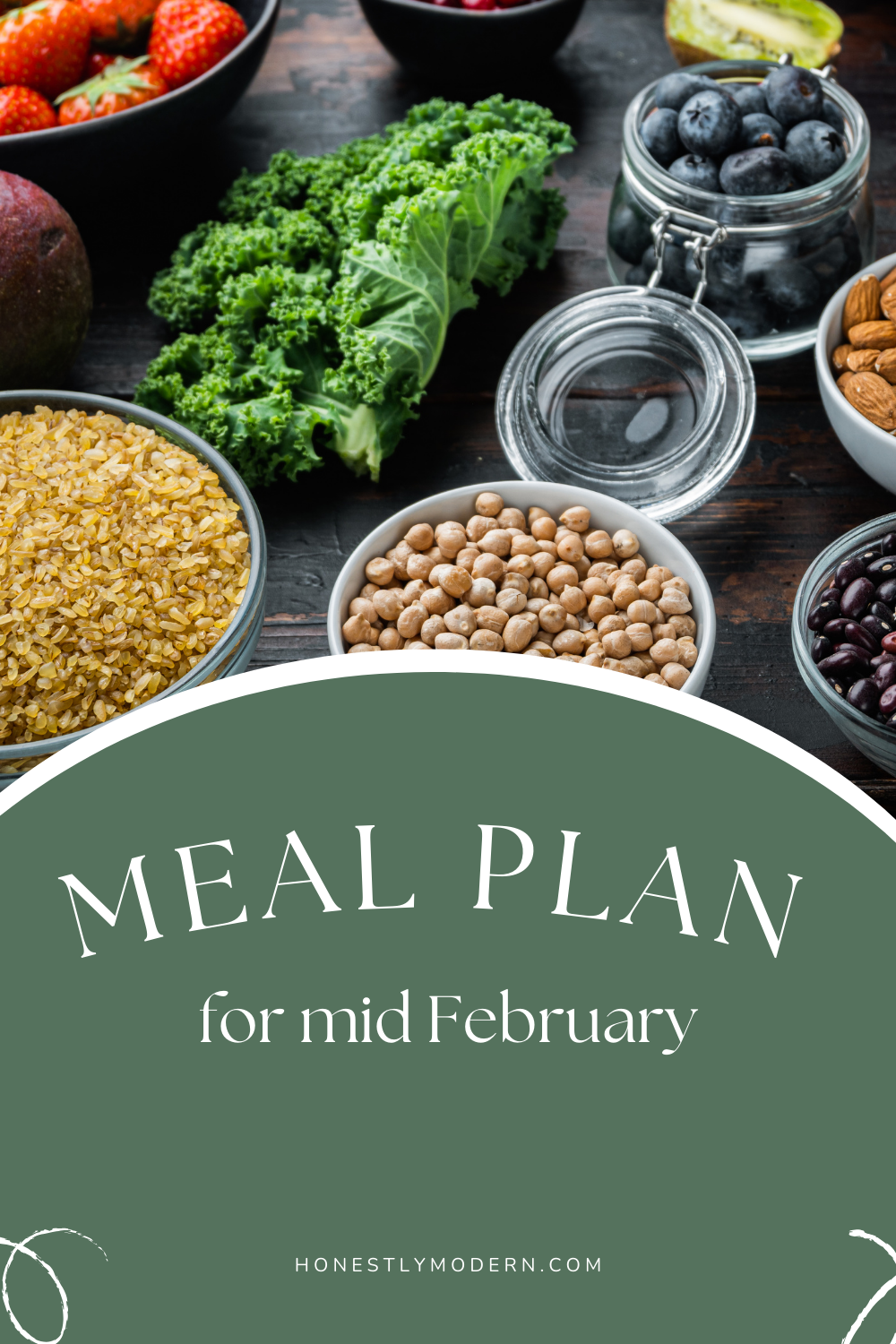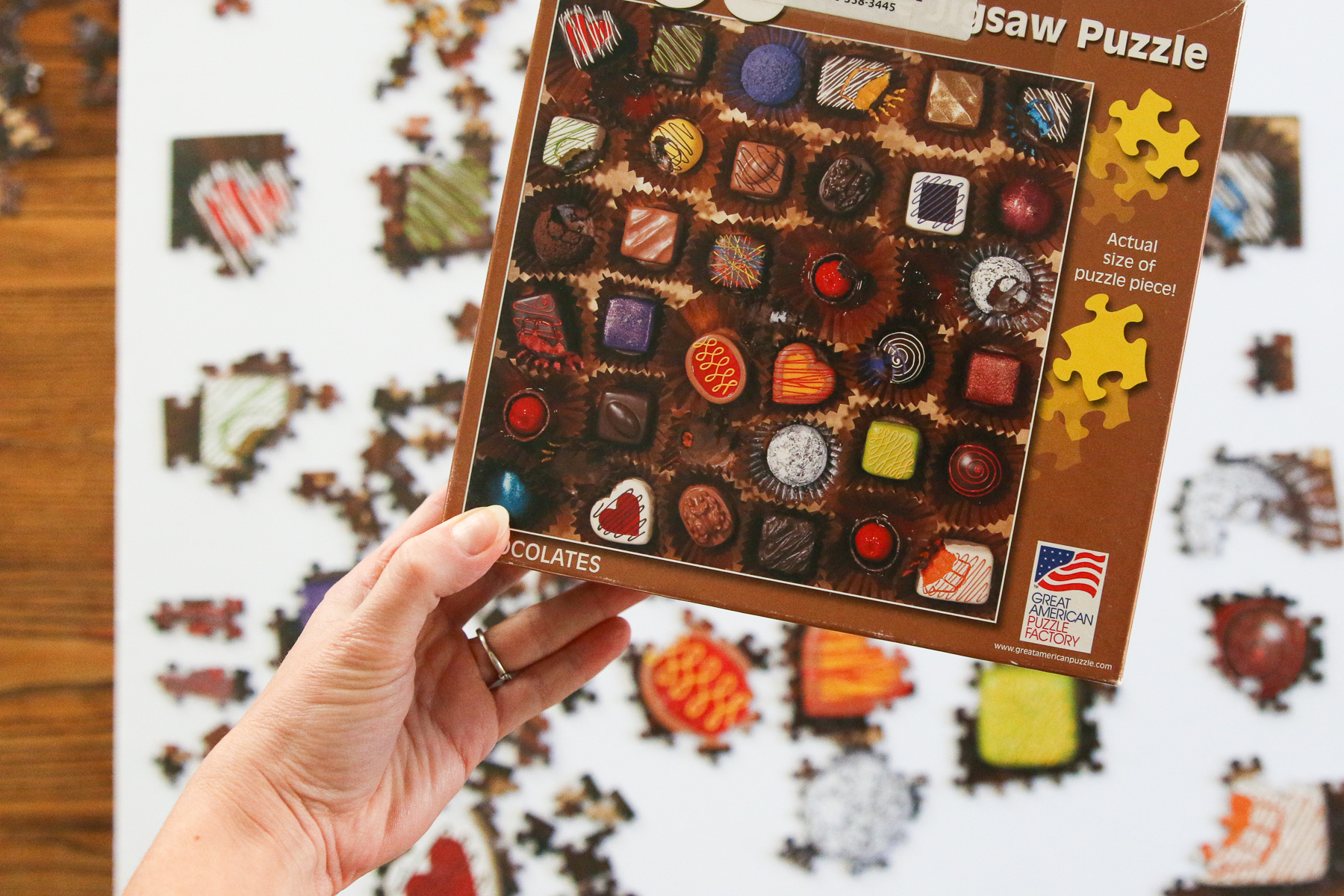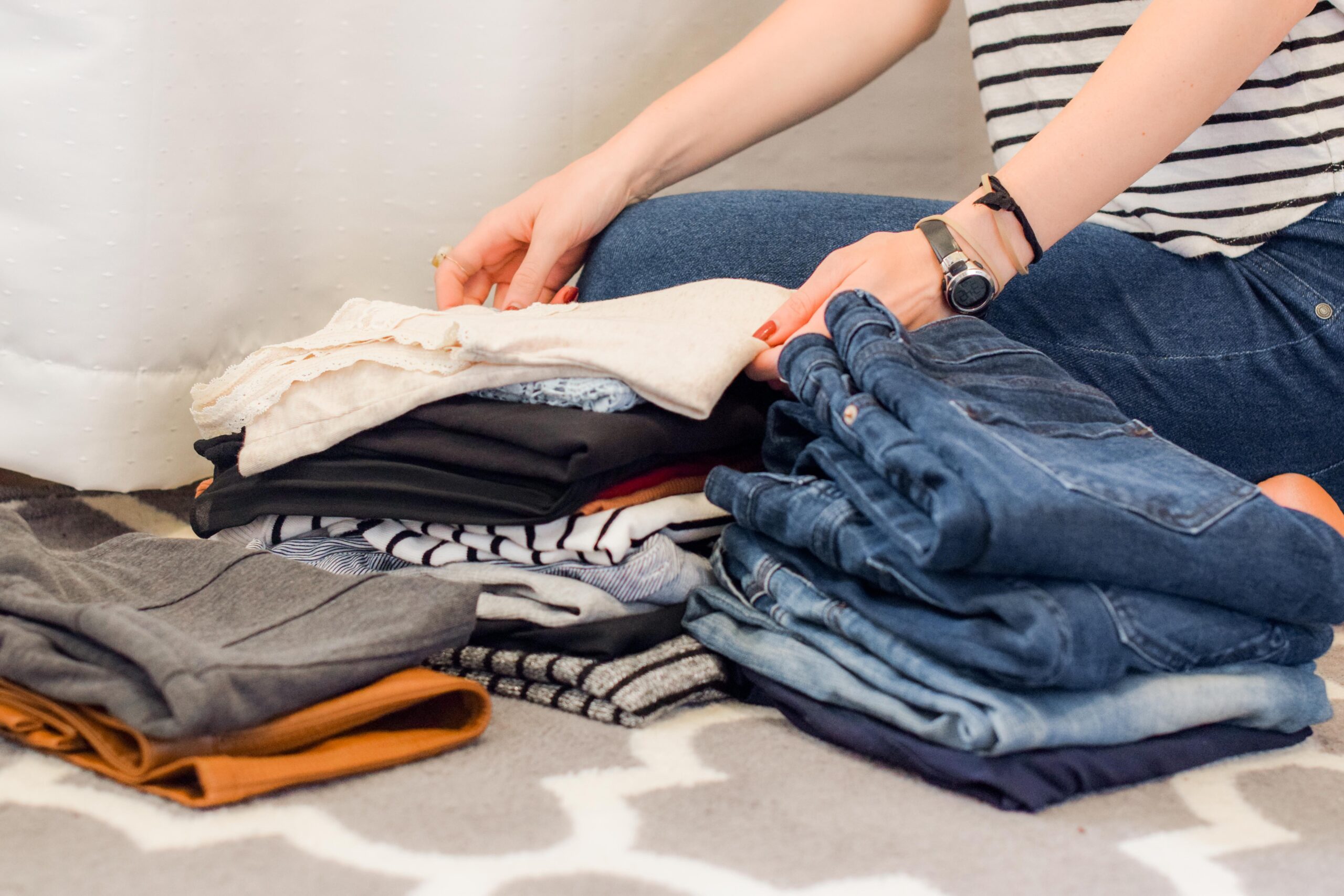Shunning Imperfect Produce Costs Us More Than We Think
How often do you shun produce at the grocery store that doesn’t look picture perfect? Do you set down the slightly imperfect apple for the perfectly glean and pristine one? Our distaste for less-than-perfect looking produce might be costing us more than we realize.
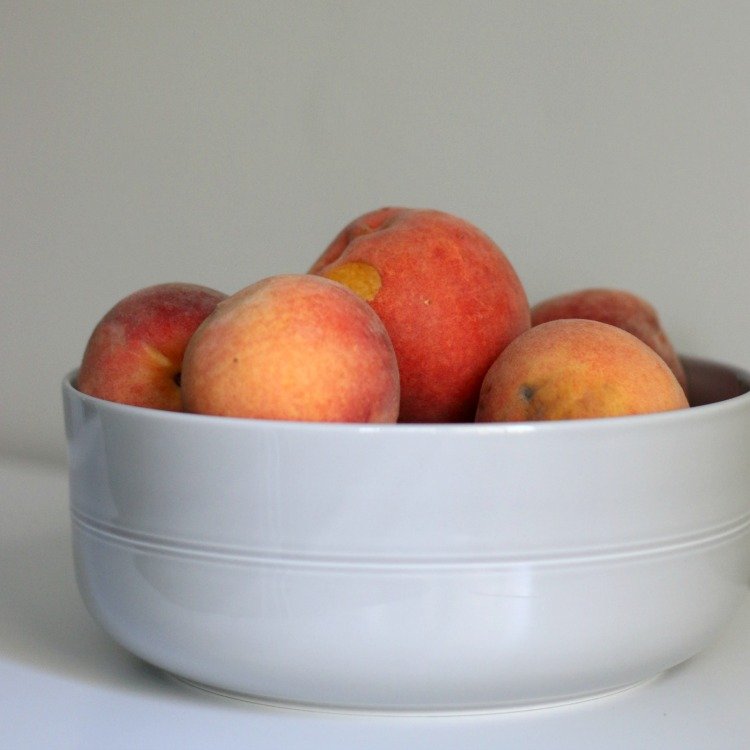
Did you know that 60 million tons of produce (worth about $160 billion, according to The Atlantic) go to waste every year in the United States?! Some studies estimate nearly half the produce grown in this country end up in landfills. Isn’t that insane?!
What if food waste cost every American $72,000 in retirement savings? Might we think again about how much grocery money we’re literally throwing in the trash?
Produce is diverted to the trash at many points in its life. Some heads to landfills straight from farms, and another chunk is tossed before hitting grocery store shelves or restaurant tables, generally because the food does not meet our high aesthetic standards. More is thrown out by consumers when it’s not eaten soon enough, remains on a plate after a meal, or just gets lost in the shuffle.
Undoubtedly, we’ve all contributed to produce waste, though some more than others. I have thrown out plenty of produce that I should have eaten because I didn’t manage my grocery shopping well, cooked too much at a meal, or never ate my leftovers.
Only recently did I begin to understand just how much perfectly good food we waste each year, often because it doesn’t look juuust right. Does it have to be Instagram-worthy to be good enough for consumption? I suspect you might think that sounds insane, but it’s not as far from the truth as you might imagine.
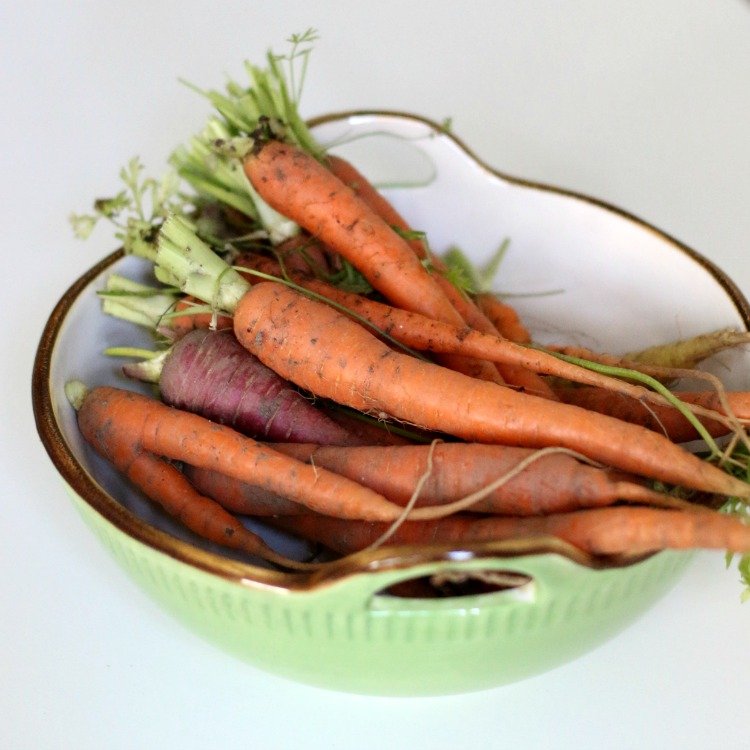
Companies like Hungry Harvest and Imperfect Produce introduced me to just how much produce is thrown out by grocery stores because it doesn’t look quite right. I remember ordering from a CSA many years ago and recognizing how different the produce looked from that I found at the grocery store. I had no idea, though, that our incredibly high aesthetic standards for produce resulted in so many million pounds of perfectly wholesome food thrown out each year.
A trip to a local orchard got me thinking about this more recently. J and I ventured to pick a few apples, and I noticed they had loads of buckets of “#2 produce”. It all looked perfectly fine to me, so I inquired about why it sat in a section separate from its fellow fruits.
It took no convincing for me to grab the discounted and nearly perfect baskets of peaches, apples and plums. I’d hate to see an entire apple go to waste because of one small bruise or a surface-deep imperfection on its complexion.
Why do we not like slightly imperfect produce? Why are we so opposed? I suspect in part the collective “we” has no idea how much waste results from our nearly unattainable standards. Some suggest it’s a conditioned expectation that grew out of more processed and perfectly packaged foods over the last several decades.
By buying only what looks excellent (even though the “ugly produce” provides just as many vitamins and minerals), we’re perpetuating a cycle of farmers unable to sell imperfect produce to grocery stores that maintain incredibly wasteful standards and restaurants unwilling to serve something that doesn’t shine with perfection on Instagram.
These are the #2 Honeycrisp apples I bought from the local orchard. We ate every one of them, and they all tasted fantastic.
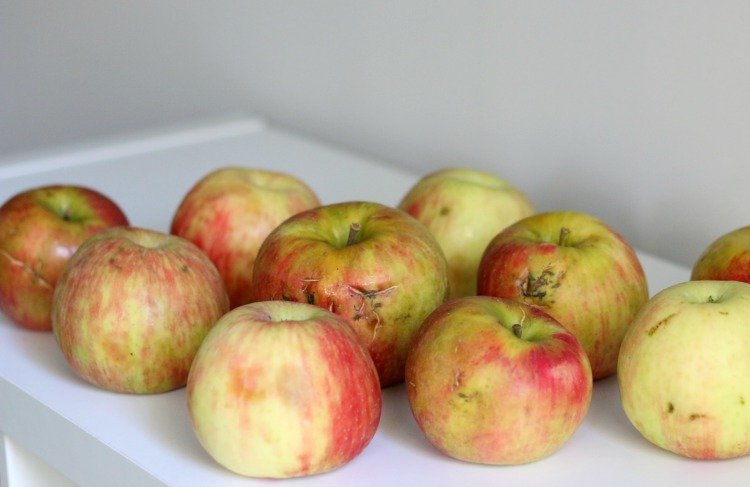
Changing engrained expectations of retailers, restaurants and consumers will take time, but we can change our own ideas about what ideal produce looks like. Next time you’re at the grocery store, buy the brussel sprouts that no one wants. Stock up on the #2 produce at your farmer’s market.
Better yet, if they sell to your area, consider produce delivery from a service like Hungry Harvest or Imperfect Produce. They source their produce from collections that don’t meet traditional commercial standards and would otherwise end up in landfills despite being perfectly healthy and wholesome. Neither services the area in which we live yet, but I can’t wait to try it once they grow into our area.
Let’s not let all that great food go to waste!

